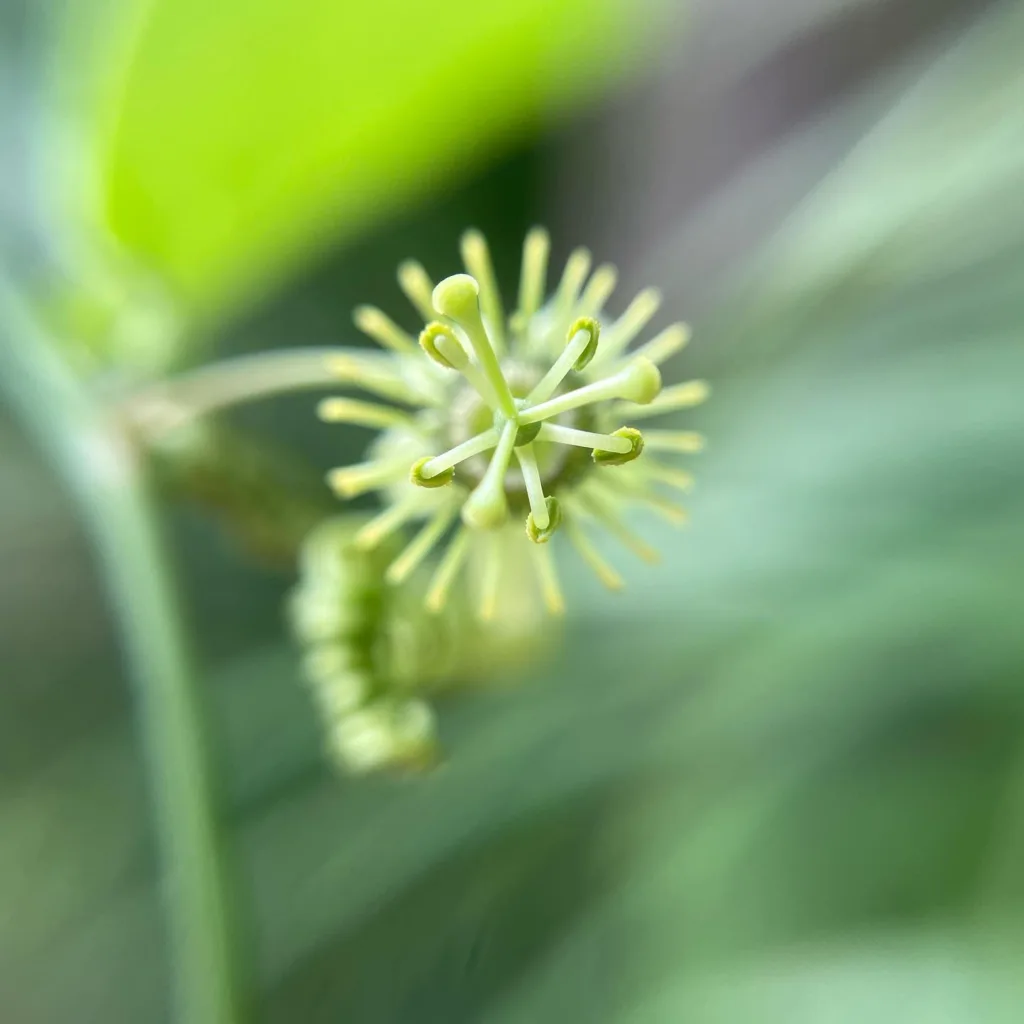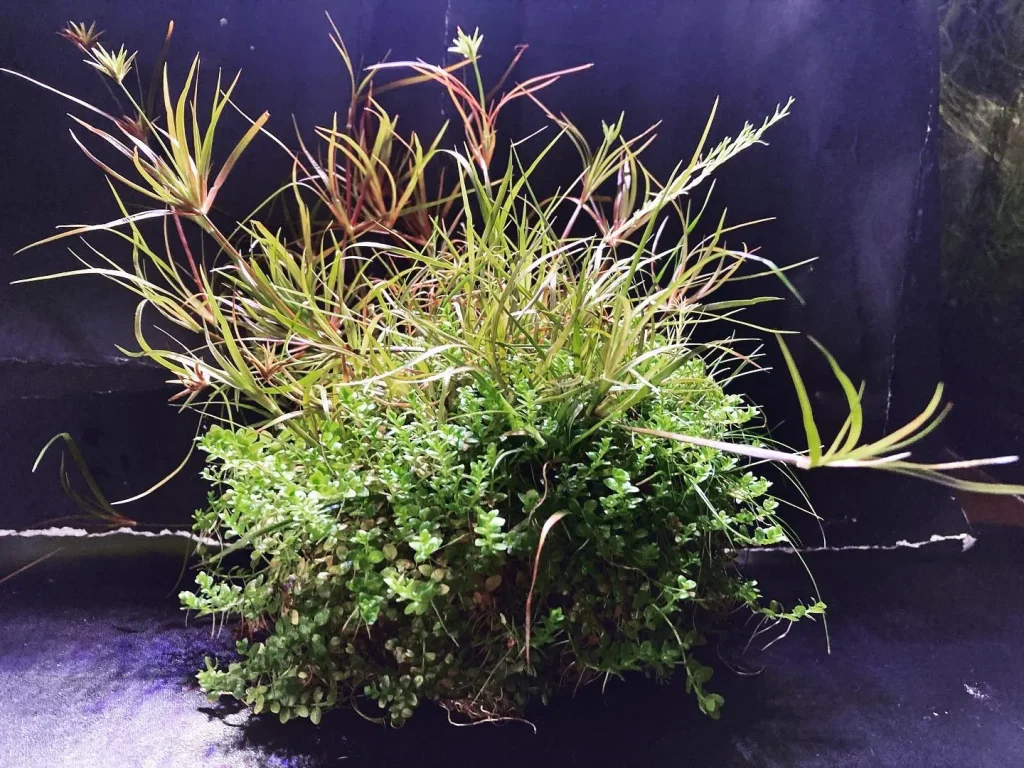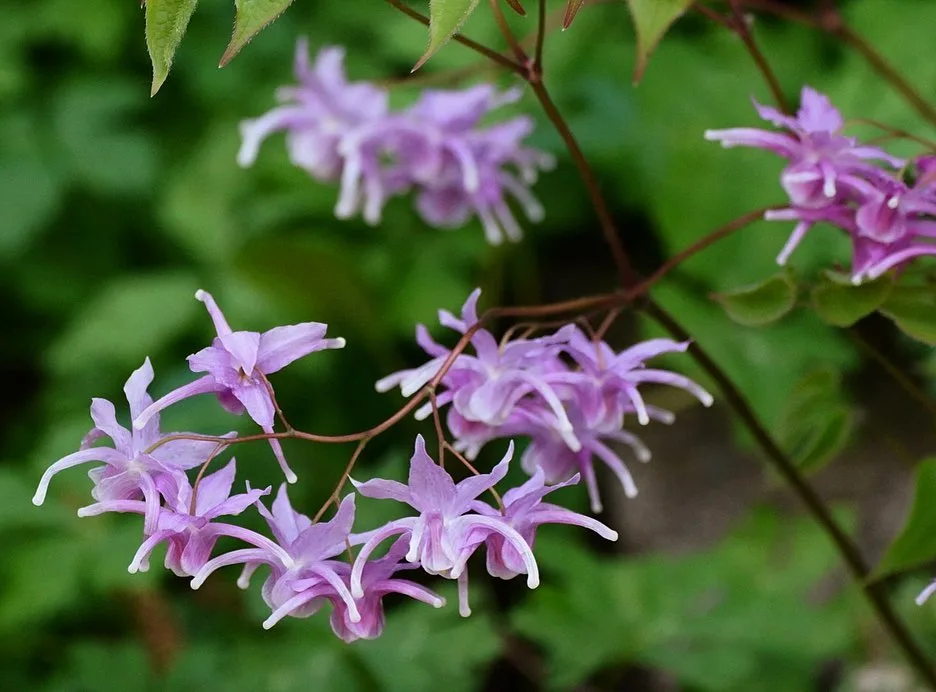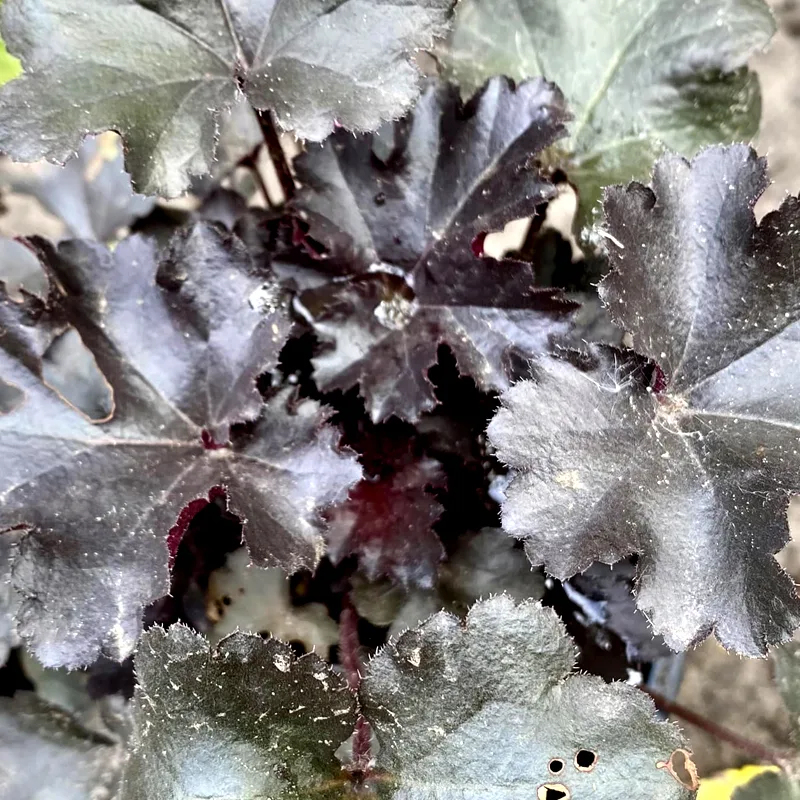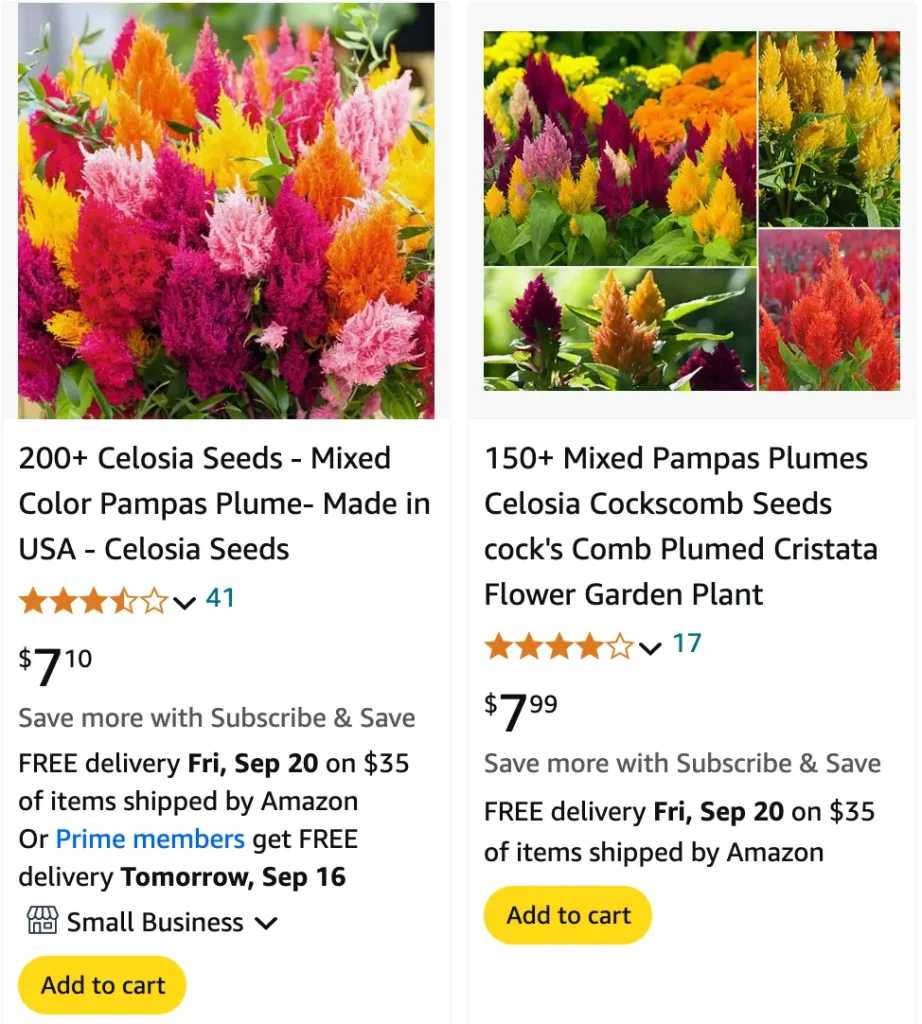
FAQ on Celosia Pampas Plume
As someone who has grown Celosia Pampas Plume for a while, I’ve encountered a lot of questions about this stunning plant. Whether you’re just starting out or looking to improve your existing setup, here’s a comprehensive guide to everything you need to know about Celosia Pampas Plume.
46 Species in Genus Celosia
What Is Celosia Pampas Plume?
Celosia Pampas Plume, also known as Celosia Argentea ‘Pampas Plume’, is a striking annual plant renowned for its feather-like, plume-shaped blooms. The plant stands out in any garden with its vibrant colors and unique texture, making it a favorite among garden enthusiasts.
How to Grow Pampas Plume Celosia?
Growing Pampas Plume Celosia is relatively straightforward, but there are a few key points to keep in mind. Start by choosing a location with full sun exposure, as Celosia thrives in bright, sunny conditions. The soil should be well-draining and slightly acidic to neutral in pH. To sow seeds, plant them about ¼ inch deep in the soil and space them about 12 inches apart. Water the seeds regularly, keeping the soil consistently moist until germination. Once the seedlings are established, reduce watering to avoid waterlogging.
What Kind of Dirt Does Soapwort Celosia Pampas Plume Need?
Soapwort Celosia Pampas Plume prefers soil that is well-draining and rich in organic matter. The ideal soil type is a loamy mix that maintains moisture without becoming waterlogged. If your soil is heavy clay or sandy, amend it with compost to improve its structure and nutrient content. Avoid overly acidic or alkaline soils, as they can hinder the plant’s growth.
What Color Is Celosia Pampas Plume Stem?
The stem of Celosia Pampas Plume is typically green when the plant is young. As the plant matures, the stem may turn to a reddish or purplish hue, adding to its visual appeal. The change in stem color is a natural part of the plant’s growth cycle and contributes to the overall beauty of the Celosia.
How to Care for Celosia Pampas Plume?
Caring for Celosia Pampas Plume involves regular maintenance to keep the plant healthy and vibrant. Ensure it receives ample sunlight and water it consistently, allowing the top inch of soil to dry out between waterings. Fertilize the plant every few weeks with a balanced, water-soluble fertilizer to promote lush growth and blooming. Additionally, deadhead spent flowers to encourage more blooms and prevent the plant from becoming leggy.
How to Propagate Celosia Pampas Plume?
Celosia Pampas Plume can be propagated through seeds. Collect seeds from mature flowers and store them in a cool, dry place until ready to plant. When sowing seeds, follow the same process as growing from purchased seeds, ensuring a well-draining soil mix and appropriate spacing.
What to Plant With Celosia Pampas Plume?
Celosia Pampas Plume pairs beautifully with other sun-loving plants. Consider planting it alongside marigolds, zinnias, or salvias to create a vibrant, colorful garden bed. The tall, plume-like flowers also work well in mixed containers with trailing plants such as sweet potato vine or petunias.
Can You Grow Celosia Pampas Plume Indoors?
Celosia Pampas Plume is generally grown outdoors, but it can be grown indoors with the right conditions. Choose a bright, sunny spot near a south-facing window or provide supplemental lighting with grow lights. Ensure the indoor environment has good air circulation and maintain consistent moisture levels in the soil. Keep in mind that Celosia may not reach its full height or bloom as profusely indoors compared to outdoor settings.
Is Celosia Pampas Plume Toxic?
Celosia Pampas Plume is not considered toxic to pets or humans. However, as with any plant, it’s a good idea to keep it out of reach of young children and pets who might be tempted to chew on the foliage.
Benefits of Growing Celosia Pampas Plume
Celosia Pampas Plume adds vibrant color and texture to gardens and floral arrangements. Its long-lasting blooms can serve as a focal point in garden beds or as cut flowers in vases. Additionally, Celosia is relatively low-maintenance, making it a great choice for both novice and experienced gardeners.
Common Problems and Solutions
One common issue with Celosia Pampas Plume is powdery mildew, which can occur in humid conditions. To prevent this, ensure good air circulation around the plant and avoid overhead watering. Another issue might be pests like aphids or spider mites. Regularly inspect your plants and treat any infestations with appropriate insecticidal soap or neem oil.
How Does Celosia Pampas Plume Compare with Other Similar Plants?
Celosia Pampas Plume is often compared to other Celosia varieties like Celosia Spicata or Celosia Cristata. While all these varieties have unique shapes and colors, Pampas Plume is distinguished by its feather-like, plume-shaped blooms. It’s also worth noting that Pampas Plume typically has a more upright growth habit compared to the bushier Celosia varieties.
By following these tips and understanding the needs of Celosia Pampas Plume, you’ll be well on your way to enjoying this beautiful plant in your garden or home.
If i die, water my plants!
